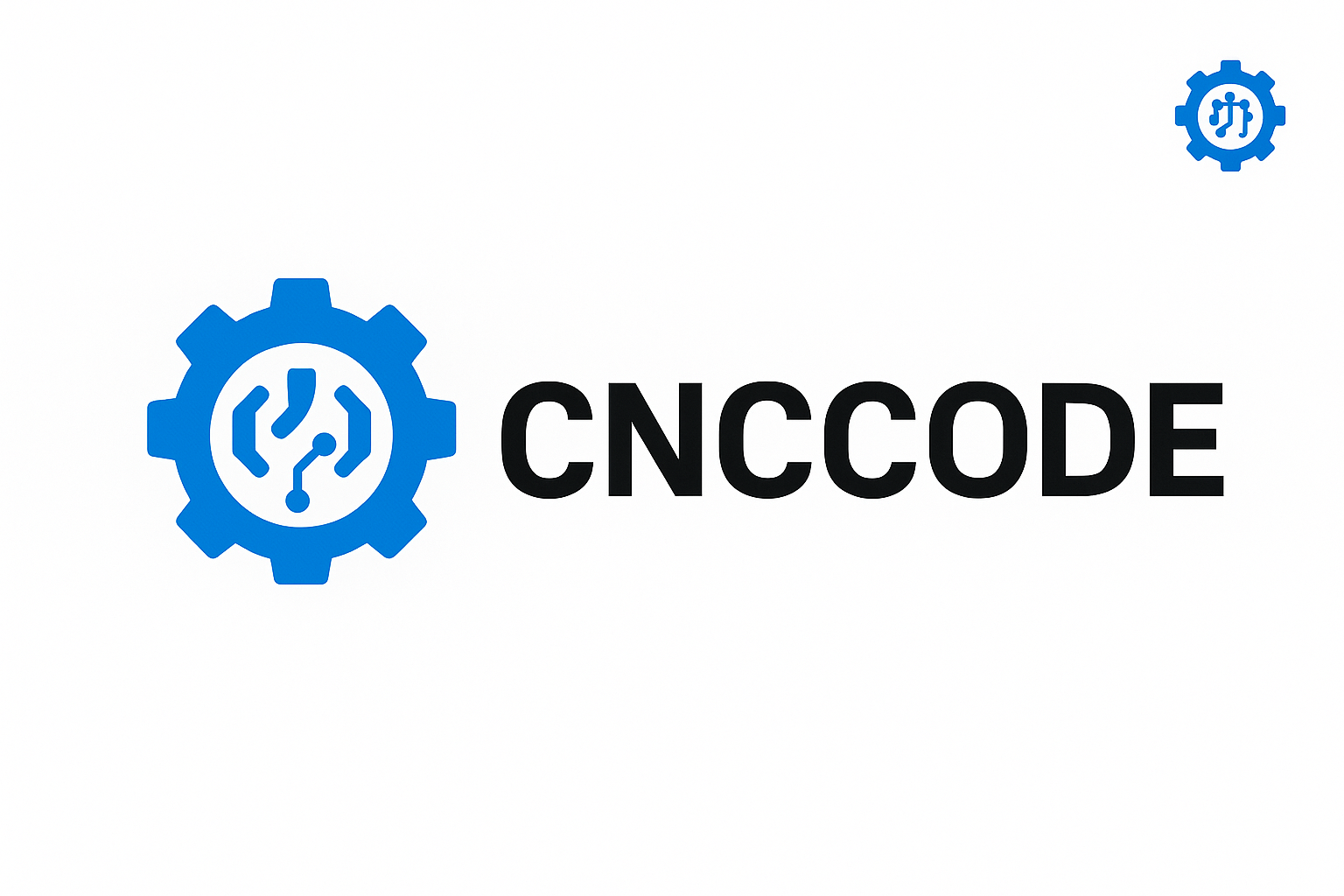Discover advanced G-Code optimization techniques for high-speed CNC machining, boosting precision, tool life, and production speed.
G-Code Optimization for High-Speed Machining
In today’s competitive manufacturing environment, optimizing G-Code for high-speed CNC machining is no longer a luxury—it’s a necessity. This in-depth guide will explore techniques, best practices, and real-world strategies for refining your G-Code to unlock greater tool life, machining accuracy, and throughput speed.
1. Why G-Code Optimization Matters in High-Speed Machining
High-speed machining (HSM) is widely used in aerospace, automotive, and medical industries, where precision and speed are essential. However, default post-processed G-Code is often not fully optimized for HSM, resulting in:
- Excessive tool wear
- Unstable feed/speed behavior
- Unnecessary rapid moves
- Longer cycle times
By tuning your G-Code, you can improve toolpath smoothness, reduce machine strain, and enhance surface finish quality.
2. Key Optimization Goals
- Maintain Constant Chip Load – Prevent tool breakage by keeping chip thickness stable.
- Minimize Retract and Rapid Moves – Each non-cutting movement adds cycle time.
- Smooth Corners and Transitions – Prevent sudden direction changes.
- Feedrate Optimization – Dynamically adjust feeds for complex geometries.
- Spindle Synchronization – Maintain optimal RPM based on engagement.
3. G-Code Elements to Analyze and Tune
| G-Code Command | Purpose | Optimization Tip |
|---|---|---|
| G1 / G01 | Linear Interpolation | Use in combination with feedrate tuning to ensure smooth toolpaths. |
| G2 / G3 | Arc Moves | Replace small arcs with splines if the controller struggles with arc interpolation. |
| F | Feedrate | Use dynamic feedrate algorithms based on material removal rate. |
| G5.1 | Spline Interpolation (Fanuc) | Allows for smoother curves; ideal for HSM. |
4. CAM Strategies for Better Code Generation
Most modern CAM software provides advanced HSM toolpaths. Leverage these features:
- Trochoidal Milling – Reduces tool engagement and improves chip evacuation.
- Adaptive Clearing – Maintains consistent cutter load.
- Rest Machining – Avoids redundant cutting in finished areas.
Use custom post processors to avoid unnecessary G0 rapid moves or overly conservative default settings.
5. Real-World Example: Before & After Optimization
Scenario: Machining aluminum mold cavity using a 3-flute carbide end mill.
| Metric | Before | After |
|---|---|---|
| Cycle Time | 75 min | 52 min |
| Tool Wear | High | Moderate |
| Surface Finish | Rough | Smooth |
| G-Code Size | 2.3 MB | 1.5 MB |
6. Best Practices for Manual G-Code Editing
- Eliminate redundant Z retractions
- Adjust feedrate ramps for smooth transitions
- Use subprograms (M98/M99) to shorten code and loop repetitive toolpaths
- Utilize conditional logic with macros (if controller supports)
7. Using Software Tools for Optimization
Several software options can help automate and verify optimized G-Code:
- CIMCO Edit – Visualization and feed optimization
- NCPlot – Debugging and backplotting
- CAMotics – G-Code simulation
- Vericut – Professional-level code verification
8. Common Mistakes to Avoid
- Using default CAM settings for every material
- Failing to account for machine acceleration/deceleration curves
- Neglecting to validate optimized code through simulation
9. Future Trends: AI-Based G-Code Optimization
Artificial intelligence is making its way into toolpath planning. Expect future CNC controllers and CAM platforms to automatically adjust feeds, speeds, and even tool engagement based on machine learning and sensor feedback.
10. Final Thoughts
G-Code optimization is a key skill that separates average machinists from expert programmers. By mastering these techniques, you can increase production efficiency, prolong your tools’ life, and gain a real competitive edge.
Stay tuned for upcoming content that dives deeper into dynamic spindle RPM control, multi-axis feed tuning, and real-time optimization with digital twins!

Leave a comment